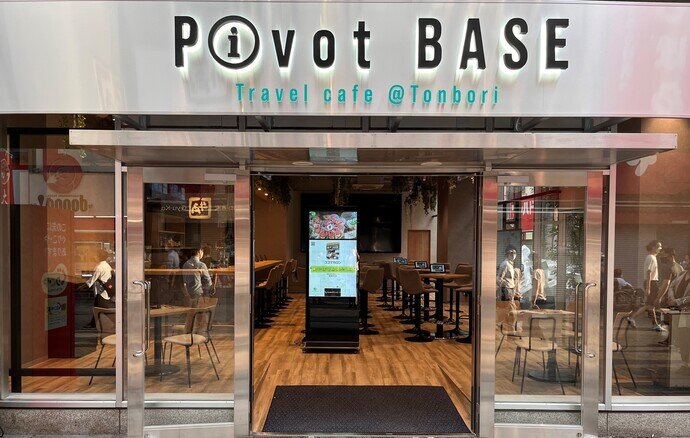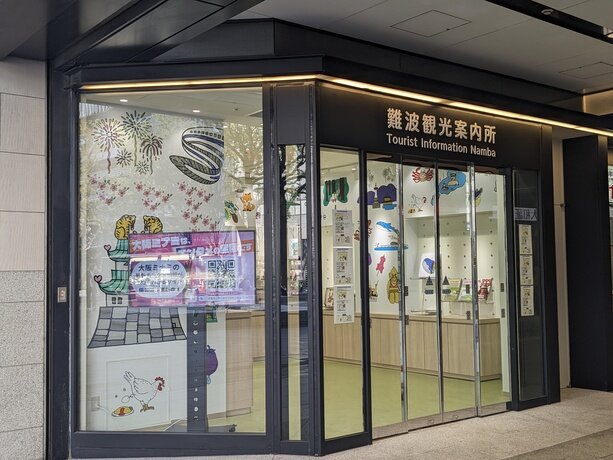Dotonbori



Dotonbori can be called the center of Osaka's downtown area, Minami. Tourists are constantly seen taking commemorative photos with the Glico sign in the background. However, not many people know the origin of the name Dotonbori. It was named after Doton Yasui, who gave up his personal fortune to dig the river about 12 years after the decisive Battle of Sekigahara. Afterwards, playhouses were gathered on the south side of Dotonbori, which was excavated, and many small playhouses were built in addition to theaters known as the ``Edo Three Theaters and Naniwa Five Theaters''. Kabuki, puppet theater, gidayu, spectacle, bunraku... It became a mecca for various performing arts. Just like Broadway, Dotonbori was a dream stage for comedians. Even today, Kabuki is performed at the Shochikuza Theater, Ningyo Joruri is performed at the National Bunraku Theater, and Osaka's proud ``comedy'' is performed at the Namba Grand Kagetsu and Kadoza theaters, attracting large numbers of viewers every day. Restaurants also sprang up spontaneously to cater to the theater audience, and the number continued to increase. Meanwhile, giant billboards are popping up competing to stand out. Nowadays, Dotonbori is famous for its flashy signboards. In addition to the aforementioned Glico, there are also giant crabs, octopuses, puffer fish, and more. Kuidaore Taro, who plays the gong and drum with Chin Dong, is a popular figure that everyone wants to take pictures with. In fact, he is Japan's first robot signboard to be handled by a Bunraku puppet master. In recent years, the riverside promenade, Tonbori River Walk, has also become popular.







